Home>Construction & Tools>Building Materials>How To Make A Brick
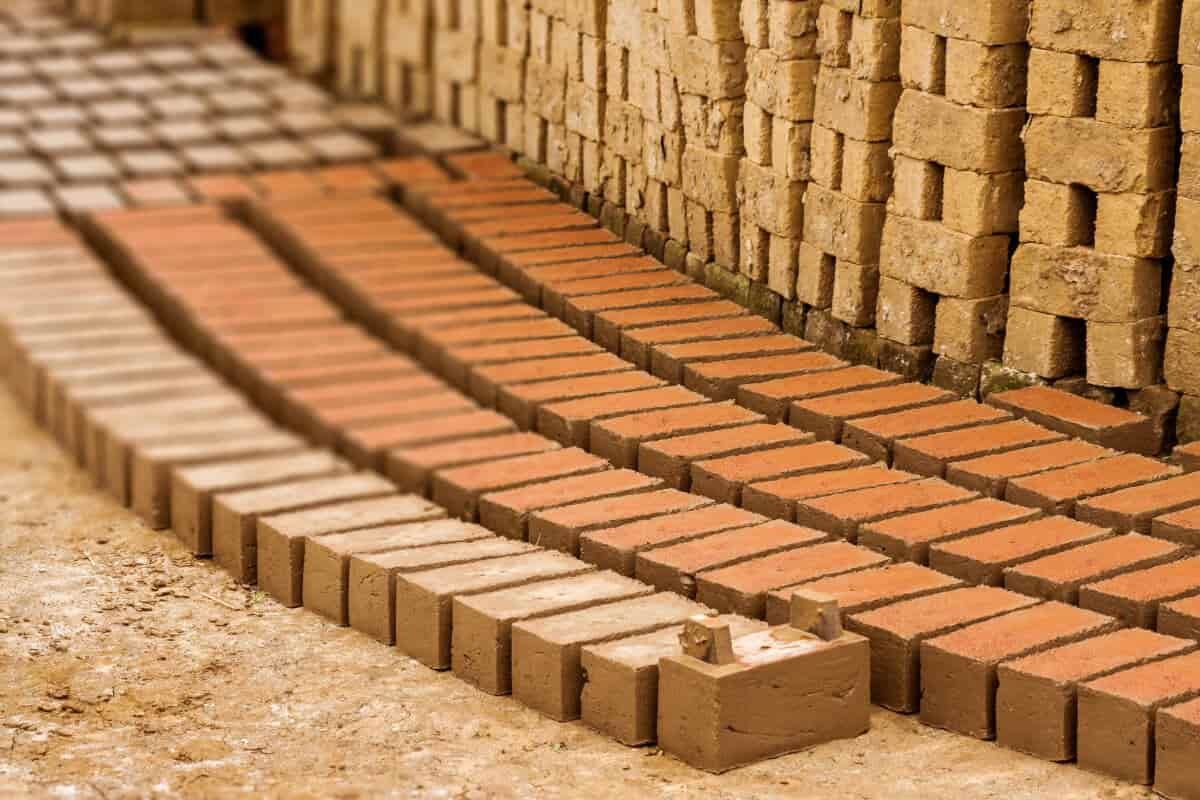

Building Materials
How To Make A Brick
Modified: February 18, 2024
Learn how to make a brick with essential building materials. Discover step-by-step instructions and tips for creating durable bricks.
(Many of the links in this article redirect to a specific reviewed product. Your purchase of these products through affiliate links helps to generate commission for Storables.com, at no extra cost. Learn more)
Introduction
Welcome to the fascinating world of brick-making! Bricks have been an essential building material for centuries, standing as a testament to human craftsmanship and innovation. Whether you are a DIY enthusiast or a professional builder, learning how to make bricks can be a rewarding and fulfilling experience. In this comprehensive guide, we will explore the step-by-step process of crafting traditional clay bricks. From sourcing materials to the final firing, you will gain valuable insights into the art and science of brick-making.
The process of making bricks is a harmonious blend of ancient techniques and modern knowledge. By understanding the intricacies of this craft, you can appreciate the significance of bricks in construction and architecture. Furthermore, creating your own bricks allows for customization and personalization, ensuring that each brick carries a unique touch.
Throughout this guide, we will delve into the materials needed, the meticulous preparation of clay, the art of molding bricks, the crucial drying phase, and the transformative firing process. Each step plays a pivotal role in producing durable and resilient bricks that can withstand the test of time.
So, roll up your sleeves and prepare to embark on a journey that intertwines tradition, creativity, and practicality. By the end of this guide, you will have the knowledge and confidence to craft your own bricks, adding a touch of timeless elegance to your construction projects. Let's dive into the world of brick-making and uncover the secrets of this age-old craft.
Key Takeaways:
- Crafting bricks involves meticulous steps, from preparing clay to firing. Each brick embodies tradition, precision, and durability, showcasing the timeless artistry of brick-making.
- By mastering brick-making, you gain insight into history, culture, and human ingenuity. Each brick represents resilience, creativity, and the enduring pursuit of excellence.
Read more: How To Make Brick Molds
Materials Needed
Before delving into the intricacies of brick-making, it’s essential to gather the necessary materials and tools. Each component plays a crucial role in the creation of durable and resilient bricks. Here’s a comprehensive list of the materials needed to embark on your brick-making journey:
1. Clay:
The primary ingredient in brick-making is clay. It serves as the binding agent, providing cohesion and strength to the bricks. The quality of the clay significantly impacts the final characteristics of the bricks, so it’s important to source high-quality clay with suitable plasticity and composition.
2. Water:
Water is essential for preparing the clay mixture. It aids in achieving the right consistency and workability, allowing the clay to be molded and shaped effectively.
3. Sand:
Sand is often added to the clay mixture to enhance its workability and reduce shrinkage during the drying and firing stages. It also contributes to the overall strength and texture of the bricks.
Read more: How To Make Brick Slips
4. Molding Tools:
Various molding tools, such as wooden or metal molds, are necessary for shaping the clay into uniform brick forms. These tools enable precise molding and ensure consistency in brick dimensions.
5. Drying Area:
Creating a designated drying area is essential for allowing the freshly molded bricks to air-dry. This area should provide adequate ventilation and protection from direct sunlight and rain, facilitating the gradual drying process.
6. Kiln or Firing Pit:
For firing the bricks, a kiln or firing pit is required. This is where the bricks undergo the transformative process of firing, which enhances their strength and durability. The kiln should be designed to withstand high temperatures and facilitate controlled firing.
7. Safety Gear:
When working with clay and during the firing process, it’s important to prioritize safety. Safety gear such as gloves, goggles, and protective clothing should be worn to prevent potential hazards and ensure a safe working environment.
By gathering these essential materials and tools, you are well-equipped to commence the brick-making process. Each component plays a vital role in shaping the characteristics and quality of the final bricks, underscoring the importance of meticulous preparation and attention to detail.
Read more: How To Make Adobe Brick
Preparing the Clay
Before the clay can be transformed into sturdy bricks, it must undergo a meticulous preparation process to ensure optimal plasticity and workability. This crucial stage sets the foundation for the quality and durability of the final bricks. Here’s a detailed guide on preparing the clay for brick-making:
1. Clay Selection and Extraction:
The first step in preparing the clay involves selecting the appropriate type of clay for brick-making. Ideally, the clay should possess a balanced composition of fine particles and organic matter, providing the necessary plasticity and binding properties. Once the clay source is identified, it is extracted and transported to the brick-making site.
2. Weathering and Aging:
Upon extraction, the clay is often subjected to a process of weathering and aging. This involves exposing the clay to natural elements over a period of time, allowing it to undergo physical and chemical changes. Weathering helps break down organic impurities and improves the plasticity of the clay, making it more conducive to molding and shaping.
3. Mixing and Tempering:
Next, the weathered clay is mixed with water to achieve the desired consistency. This process, known as tempering, involves thoroughly blending the clay and water to attain uniform moisture distribution. The goal is to achieve an optimal balance of plasticity and cohesion, ensuring that the clay can be molded effectively without being too wet or dry.
Read more: How To Make Brick Wallpaper
4. Addition of Sand (Optional):
Depending on the specific requirements of the brick composition, sand may be added to the clay mixture. Sand enhances the workability of the clay, reduces shrinkage, and contributes to the overall strength and texture of the bricks. The proportion of sand added is carefully measured to achieve the desired characteristics.
5. Pugging and Kneading:
Once the clay and, if necessary, sand are thoroughly mixed, the mixture undergoes a process called pugging and kneading. This involves passing the clay through a pug mill or kneading machine to further homogenize the mixture, expel air pockets, and ensure a consistent texture. Proper pugging and kneading result in a uniform and malleable clay body ready for molding.
By meticulously preparing the clay through these sequential steps, you establish a solid foundation for the subsequent molding and firing processes. The quality and characteristics of the clay directly influence the final attributes of the bricks, underscoring the significance of precision and attention to detail in the preparation stage.
Molding the Brick
With the clay meticulously prepared, the next pivotal stage in the brick-making process involves molding the clay into distinct brick shapes. Molding is a precise and skillful art, requiring attention to detail and a keen eye for uniformity. Here’s a comprehensive guide to the intricate process of molding bricks:
1. Selection of Molding Tools:
Before commencing the molding process, it’s essential to select the appropriate molding tools. Wooden or metal molds, often shaped in the form of rectangular prisms, are commonly used for shaping the clay into brick forms. The molds should be meticulously crafted to ensure consistent dimensions and smooth surfaces.
Read more: How To Make A Brick Kiln
2. Filling the Molds:
Once the molds are prepared, the clay mixture is carefully placed into the molds, ensuring even distribution and compacting the clay to eliminate air pockets. The clay should be filled to the brim of the molds, allowing for slight compression to achieve the desired density and structural integrity.
3. Smoothing and Leveling:
After filling the molds, the surface of the clay is meticulously smoothed and leveled using a flat board or similar tool. This step ensures that the top surface of the molded clay is uniform and free of any irregularities. Proper smoothing and leveling contribute to the overall aesthetics and structural uniformity of the bricks.
4. Releasing the Bricks:
Once the clay is molded and leveled, the bricks are carefully released from the molds. This requires precision and delicacy to prevent distortion or damage to the freshly molded bricks. The released bricks are then set aside for the subsequent drying phase, allowing them to gradually solidify and maintain their shape.
5. Consistency and Precision:
Throughout the molding process, consistency and precision are paramount. Each brick should exhibit uniform dimensions, smooth surfaces, and sharp edges. Attention to detail and meticulous craftsmanship during the molding stage directly influence the visual appeal and structural integrity of the final bricks.
By mastering the art of molding, you lay the groundwork for producing bricks that embody precision, uniformity, and craftsmanship. The molded bricks, each bearing the imprint of meticulous attention, are poised to undergo the transformative stages of drying and firing, ultimately emerging as enduring symbols of human ingenuity and architectural prowess.
Read more: How To Make A Brick Stove
Drying the Brick
Following the meticulous molding process, the freshly formed bricks enter a crucial phase: drying. Proper drying is essential to ensure that the bricks attain the necessary strength and durability before undergoing the firing process. Here’s an in-depth exploration of the meticulous art of drying bricks:
1. Air Drying:
Upon being released from the molds, the freshly molded bricks are transferred to a designated drying area. This area should provide ample ventilation and protection from direct sunlight and rain. The bricks are arranged in single layers, allowing air to circulate around each brick uniformly.
2. Gradual Moisture Evaporation:
During the air drying process, the bricks undergo gradual moisture evaporation, leading to the reduction of water content within the clay. This gradual evaporation is crucial for preventing cracking and warping, ensuring that the bricks dry uniformly without compromising their structural integrity.
3. Duration of Drying:
The duration of the drying process varies depending on factors such as humidity, ambient temperature, and the composition of the clay mixture. Typically, the bricks undergo air drying for a period ranging from one to two weeks. It is essential to exercise patience and allow the bricks to dry at a natural pace, avoiding hastened drying methods that can lead to defects.
Read more: How To Make Brick Red
4. Monitoring and Rotation:
Throughout the drying period, it is important to monitor the condition of the bricks regularly. This involves inspecting for any signs of cracking or uneven drying. Additionally, periodically rotating the bricks ensures that they dry uniformly on all sides, preventing potential distortions and ensuring consistent strength.
5. Touch Test:
An effective method for assessing the readiness of the bricks for firing is the touch test. When the bricks have sufficiently dried, they exhibit a uniform coolness to the touch and a reduction in overall moisture content. This tactile evaluation provides valuable insight into the bricks’ readiness for the subsequent firing stage.
By meticulously overseeing the drying process, you set the stage for the bricks to undergo the transformative firing stage. The art of drying encompasses patience, attentiveness, and a commitment to nurturing the bricks as they gradually evolve from pliable clay forms to resilient building blocks, ready to withstand the rigors of construction and time.
Firing the Brick
The culmination of the brick-making process is the transformative stage of firing, where the dried clay bricks undergo a profound metamorphosis, acquiring the strength and durability essential for their role in construction. Firing is a meticulously controlled process that imparts resilience and permanence to the bricks. Let’s delve into the intricate art of firing bricks:
1. Loading the Kiln:
Prior to firing, the dried bricks are carefully arranged within the kiln, ensuring that they are stacked uniformly and securely. The kiln is designed to facilitate even heat distribution, allowing the bricks to undergo consistent firing without encountering hot spots or temperature differentials.
Read more: How To Make A Brick Bench
2. Preheating Stage:
The firing process commences with a preheating stage, where the kiln is gradually heated to a specific temperature range. This gradual increase in temperature serves to expel any remaining moisture within the bricks and prepares them for the subsequent phases of firing.
3. Firing Temperature:
Once the preheating stage is completed, the kiln temperature is raised to the firing temperature, typically ranging from 1,800 to 2,000 degrees Fahrenheit. This high temperature is maintained for a specific duration, allowing the bricks to undergo vitrification, a process where the clay particles fuse together, enhancing the bricks’ strength and durability.
4. Controlled Cooling:
Following the firing phase, the kiln is allowed to gradually cool down in a controlled manner. This gradual cooling prevents thermal shock and cracking, ensuring that the bricks retain their structural integrity and do not undergo rapid temperature changes that could compromise their quality.
5. Unloading and Inspection:
Once the kiln has cooled to a safe temperature, the fired bricks are carefully unloaded and inspected. The bricks undergo a thorough assessment to ensure that they have achieved the desired characteristics, including uniform color, strength, and absence of defects such as cracks or warping.
Through the meticulous process of firing, the once pliable clay bricks are transformed into resilient, enduring building materials. The art and science of firing imbue the bricks with the strength and durability necessary to withstand the demands of construction, embodying the culmination of craftsmanship, precision, and time-honored techniques.
Read more: How To Make A Brick Patio
Conclusion
Congratulations on embarking on a journey through the time-honored craft of brick-making. The art of crafting bricks, from the meticulous preparation of clay to the transformative firing process, embodies a harmonious blend of tradition, precision, and practicality. As we conclude this comprehensive guide, let’s reflect on the enduring significance of brick-making and the timeless allure of this age-old craft.
Brick-making transcends mere construction; it encapsulates a profound connection to history, culture, and human ingenuity. Each brick represents a testament to the enduring legacy of craftsmanship, serving as a building block for architectural marvels and everyday structures alike. The process of crafting bricks is a testament to the artistry and dedication required to transform raw materials into enduring symbols of strength and permanence.
By mastering the intricate steps of brick-making, you have gained insight into the meticulous preparation of clay, the art of molding with precision, and the transformative power of firing. Each stage of the process reflects the dedication to quality, attention to detail, and a deep-rooted respect for the materials and techniques that have shaped human civilization for millennia.
As you venture into the realm of brick-making, whether as a hobbyist or a professional, remember that each brick carries the imprint of your craftsmanship and dedication. The bricks you create embody not only strength and durability but also a narrative of tradition, creativity, and innovation.
So, as you contemplate the humble brick, remember that it is more than just a building material; it is a testament to human resilience, creativity, and the enduring pursuit of excellence. Whether adorning grand edifices or providing shelter in everyday dwellings, the bricks you create are a testament to the timeless artistry of brick-making.
As you continue your exploration of the world of construction and craftsmanship, may the knowledge and skills gained from this guide inspire you to embark on further creative endeavors, each imbued with the spirit of tradition and the promise of enduring strength.
Embrace the art of brick-making, and let the echoes of tradition and innovation resonate in each brick you craft, for in your hands, the timeless craft of brick-making finds new life and purpose.
Frequently Asked Questions about How To Make A Brick
Was this page helpful?
At Storables.com, we guarantee accurate and reliable information. Our content, validated by Expert Board Contributors, is crafted following stringent Editorial Policies. We're committed to providing you with well-researched, expert-backed insights for all your informational needs.
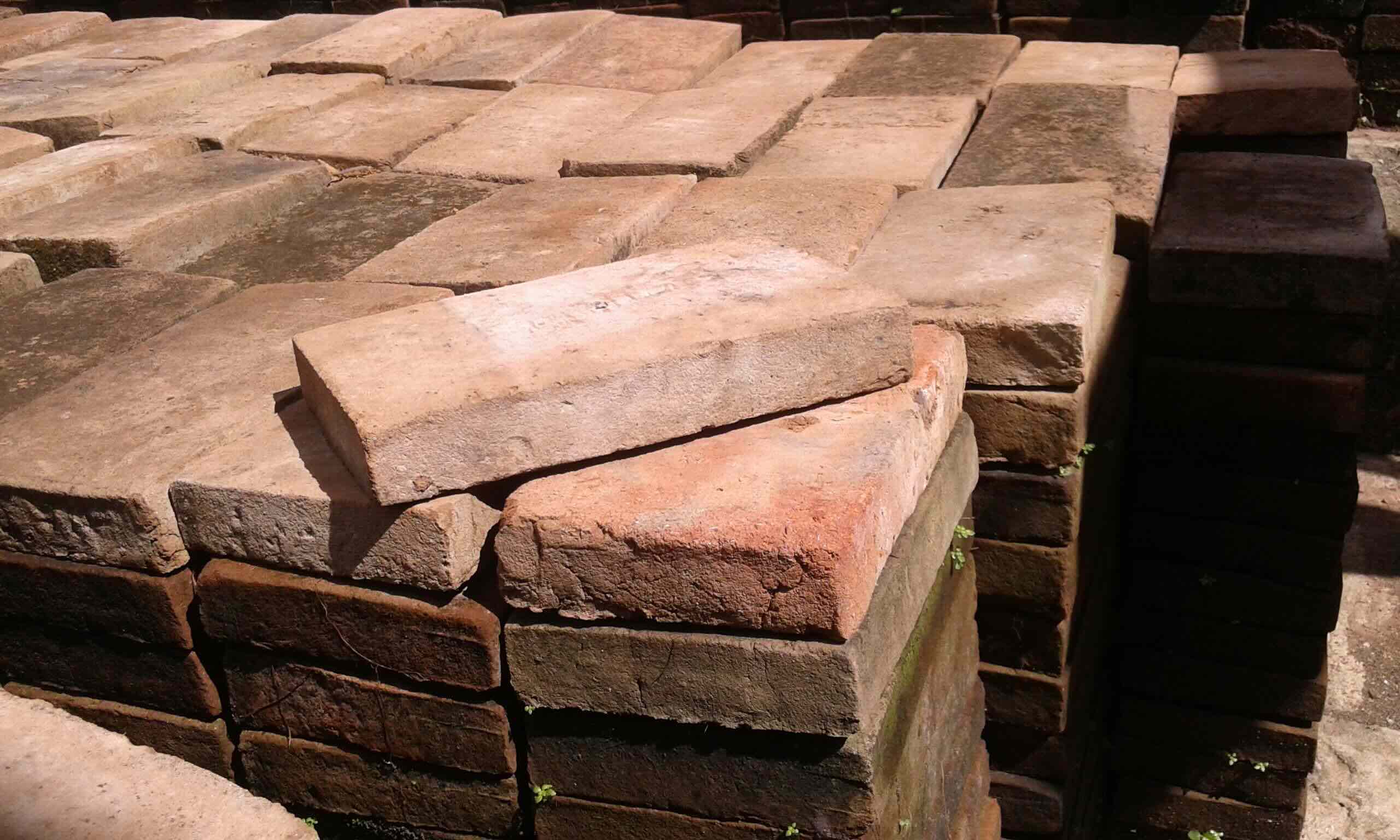
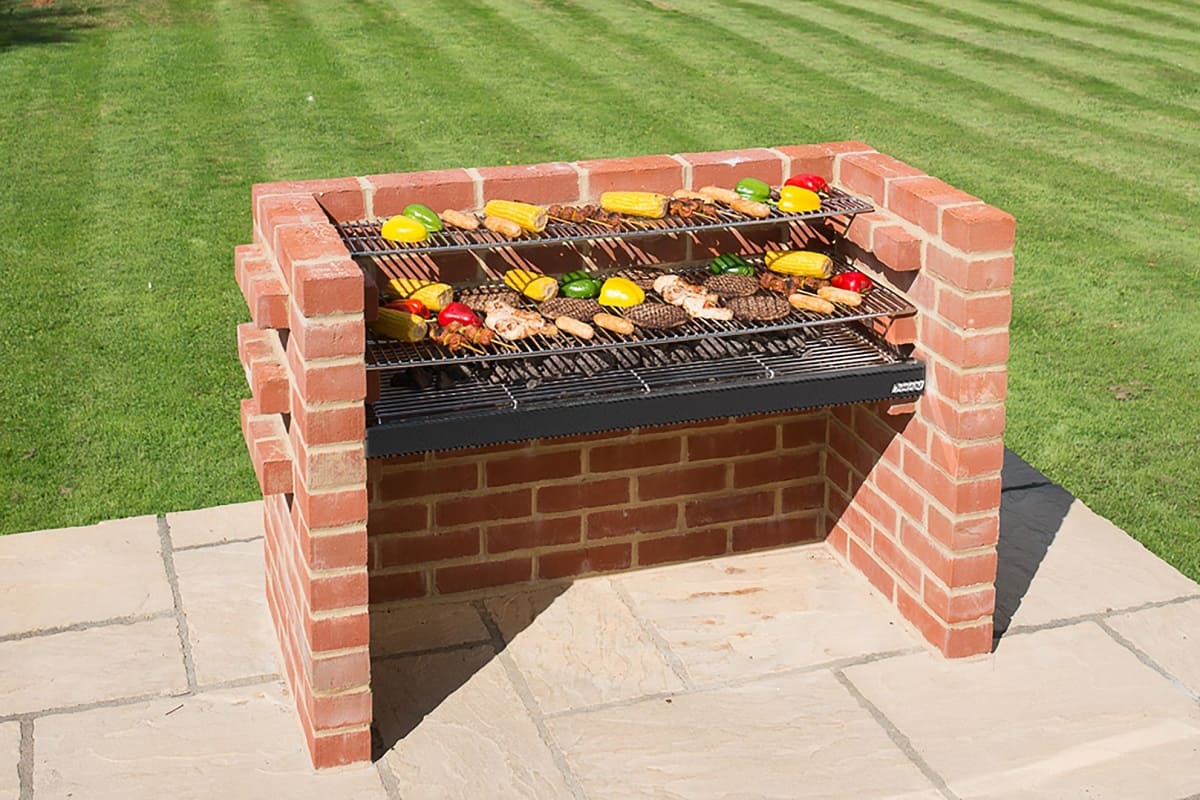
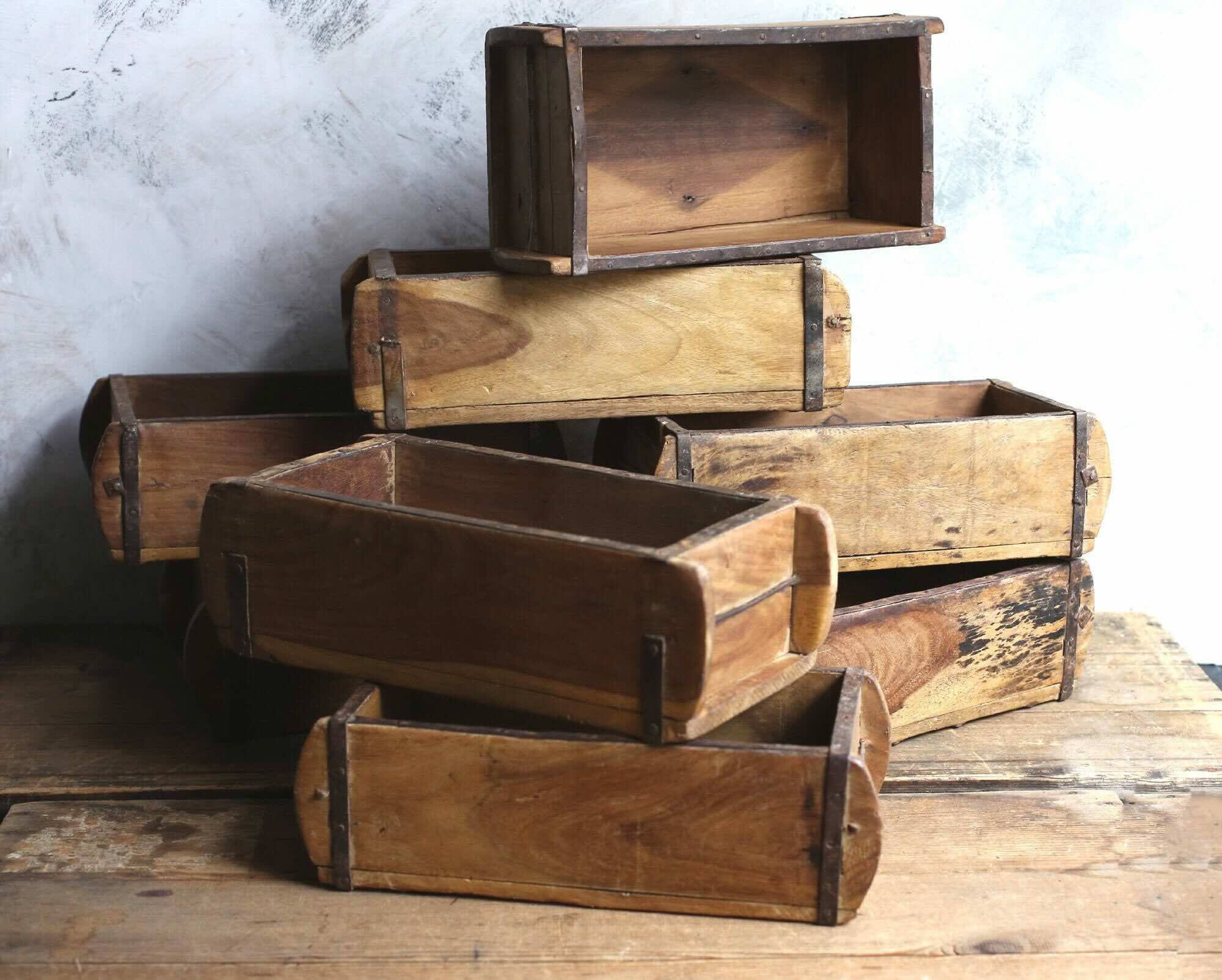
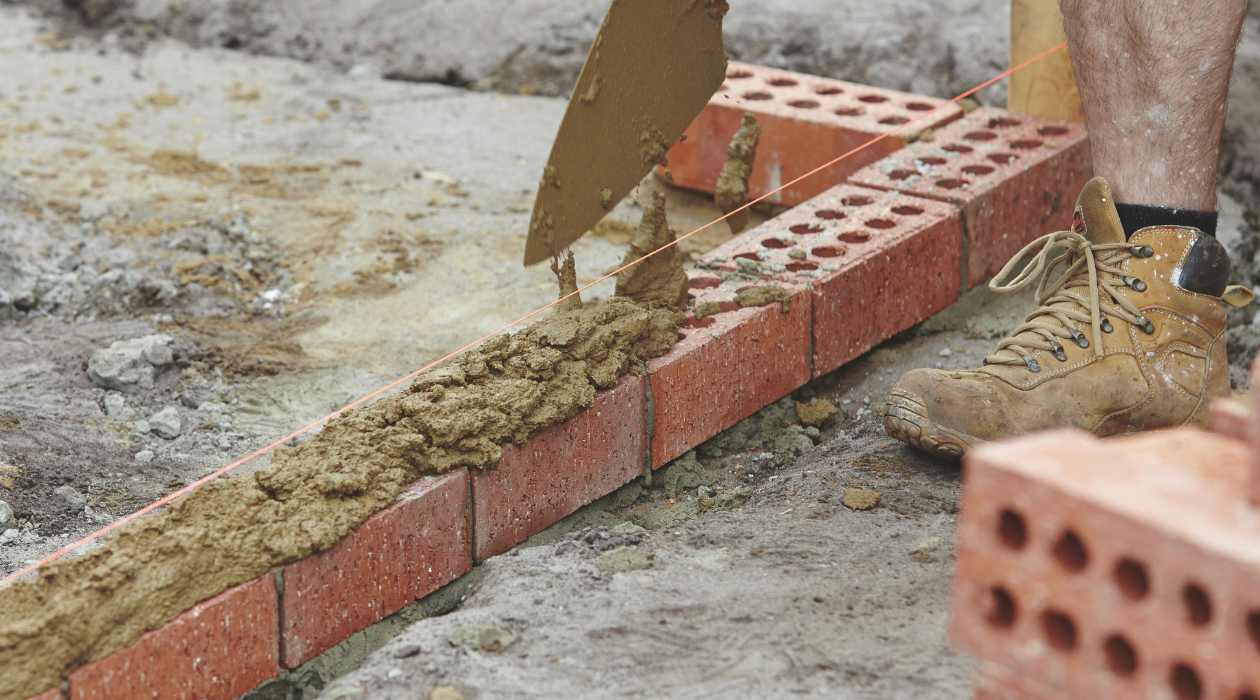
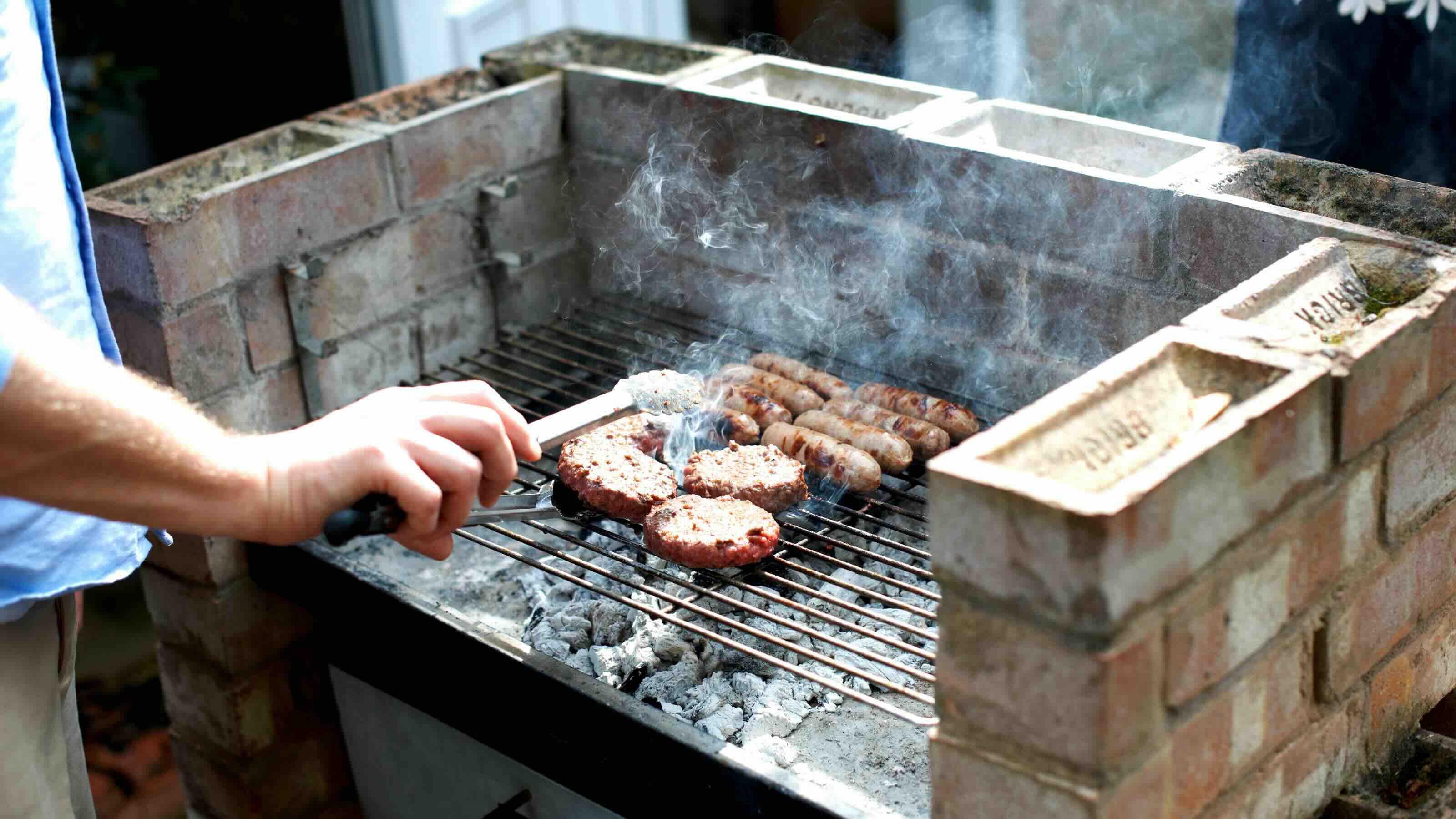
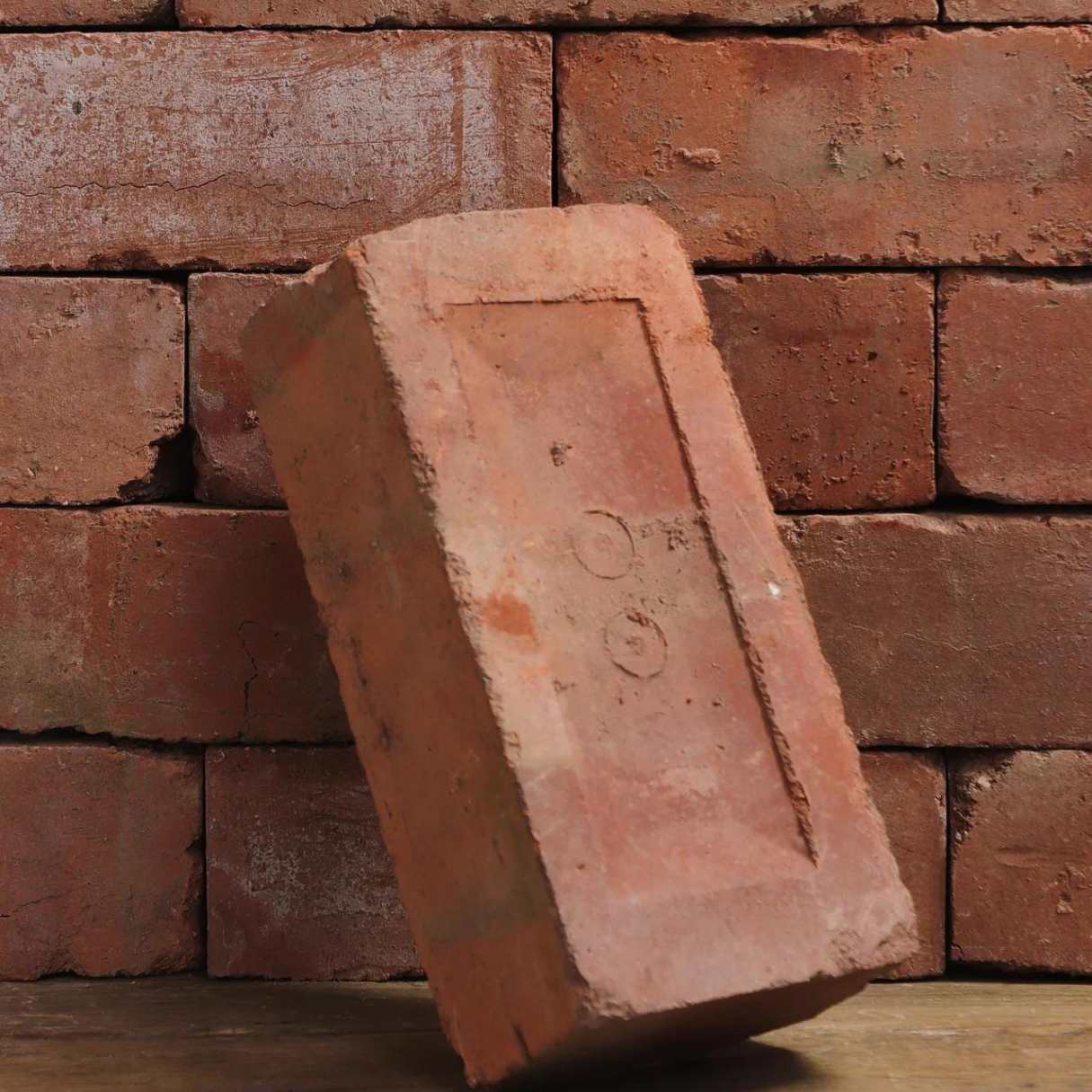
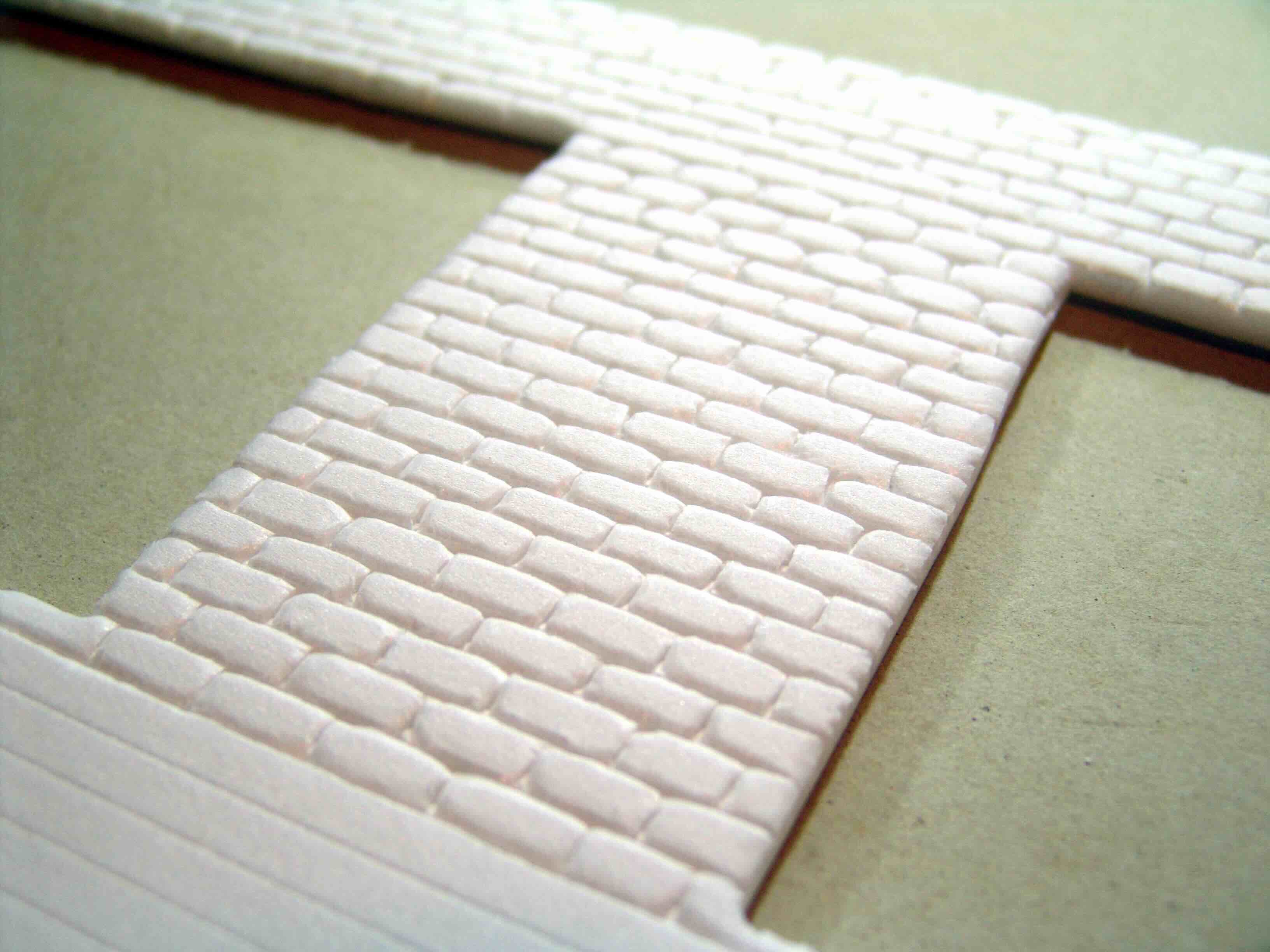

0 thoughts on “How To Make A Brick”